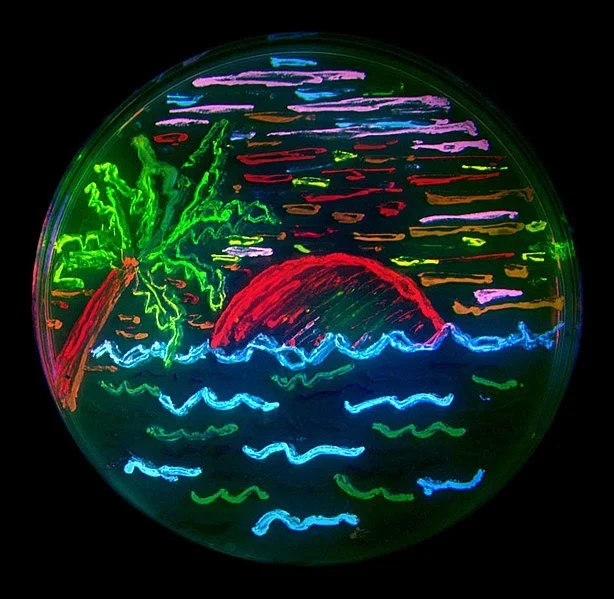Sports have always been a part of humans’ lives, with the most talked about event this summer being the Olympics, originally dating back roughly 3000 years ago. Physics on the other hand, has also been studied since the times of Aristotle. Both disciplines were rather disjoint and uncorrelated, however, fast forward to modern day physics and the increasingly competitive nature in sports, the two disciplines have found a way to merge into a new field of sports sciences. With current fast-paced development in science and technology, research within the field of sport sciences has mushroomed, which has led to some controversy due to beliefs that physics has overstayed its welcome in sports, causing athletes to overachieve unfairly. The main question in hand is to where the line should be drawn at the application of physics in sports to still be considered a “fair” game?
Press Release: Shedding Light on Protein Activitie
The abundance of protein has long intrigued researchers. With more than 20,000 protein molecules currently identified, researchers are racing to unravel their roles in human health and disease. To do this, researchers monitor protein activities inside a cell using a tag that produces light in nature. However, who would have thought that this light-producing tag is also a protein molecule termed as a bioluminescent? In a scoping review published in the March issue of the Journal of Young Investigators, Kwing Yeung Chan, Hugo Yat Hei Kwong, and Dei Men Szeto from the University of Hong Kong recount the chronicle of a specific bioluminescent from its discovery to its application.
Thymus, Their Role in Preventing Autoimmunity and New Developments in Study Tools
Immune cells are important cells that play many functions in the body: defending against pathogens and repairing tissue after injury. Perhaps the most well-known function of the immune cells is its protection against pathogens. Each day, we breathe in about a million microorganisms into our lungs, including fungi, bacteria, and viruses, and this number can be much higher depending on the environment we are in. As such, immune cells are vital in promoting rapid clearance and removal of these pathogens before they can cause an infection.



